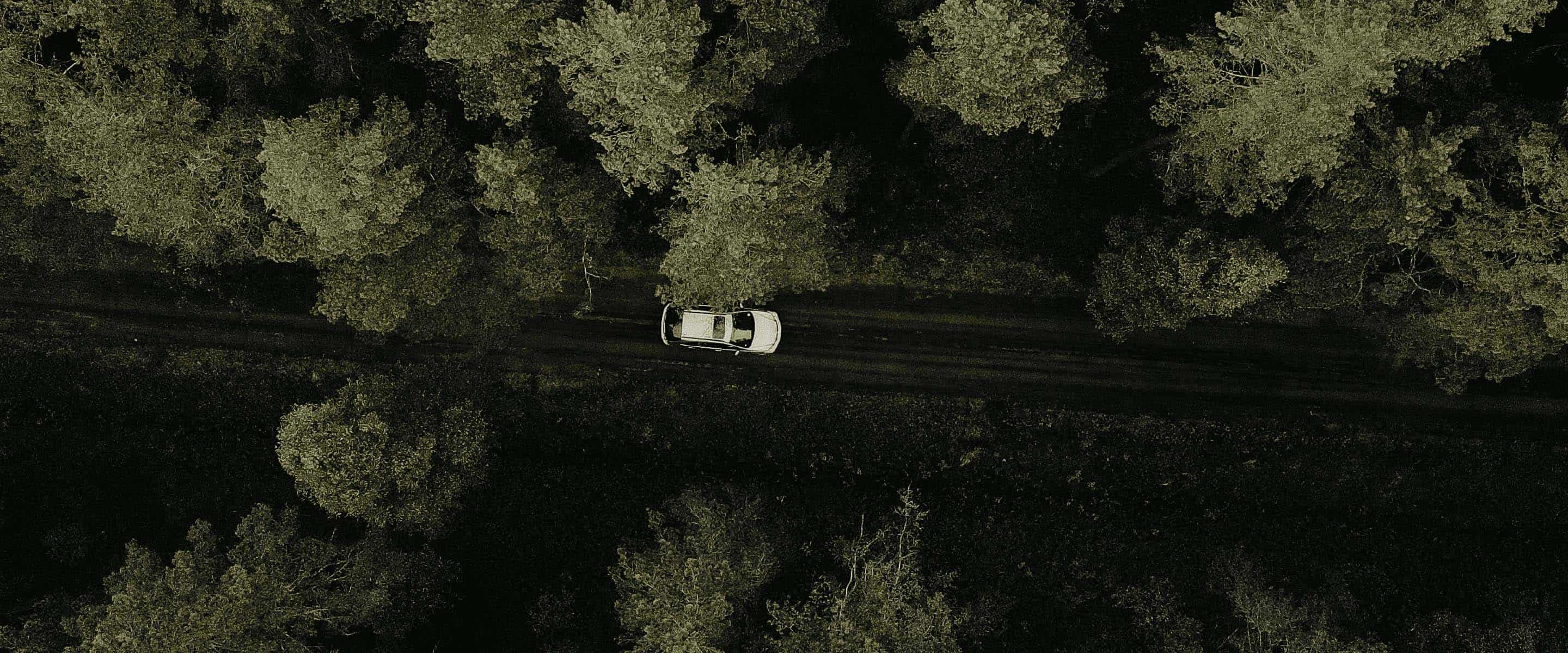What Does It Mean to Be Carbon-Free? | Change the Conversation

Buying Carbon Offsets Has Never Been Simpler
Certified Offset Porftfolios give you instant access to a basket of hand-selected and fully vetted carbon offsets. Skip the RFP and buy with confidence.
Learn MoreI champion anyone working to reduce their carbon impacts. But what does it mean to be carbon-free?
You are likely familiar with terms like net-zero and carbon-neutral, but “carbon-free” is a new carbon claim that’s starting to pop up and it’s made me take a pause and assess whether it’s feasible for anything to be truly carbon-free. Spoiler alert: I don’t think it’s possible, and introducing the concept to consumers may be dangerous because it’s misleading to imply that a product or service can be “free” of carbon. Let’s dig into how this term is used and why I struggle to embrace it.
As a first example, Google has set a target for utilizing what is called “24/7 carbon-free energy”(CFE) by 2030. While they can utilize “clean” or renewable energy 24/7 – is that energy actually carbon-free? The United Nations (UN) has defined 24/7 Carbon-free Energy as meaning that “every kilowatt-hour of electricity consumption is met with carbon-free electricity sources, every hour of every day, everywhere.”
The UN’s definition, and Google’s CFE target, exclude accounting for the emissions associated with producing the equipment to generate the renewable energy (e.g. the manufacture of solar panels and wind turbines) and the emissions associated with maintaining and distributing the renewable energy. I wonder how this carbon-free concept helps us move towards a net-zero future if we’re ignoring emissions in favor of a feel-good label. Is this the right approach?
The term carbon-free isn’t just popping up in the energy space—we’re also seeing an increase in on-package carbon-free claims. Consumer insight firm NielsenIQ reports a nearly 60% increase in sales volume for products with a carbon-free claim on the label over the past two years. (Nielsen, 2021)
Enabling that growth, there is now a carbon-free product certification offered through Carbonfund.org. This certification includes requirements for assessing your carbon footprint, then reducing emissions where possible and offsetting the rest. The end result is a product that is carbon neutral (which is a good thing!), but given that carbon emissions were generated, even if they were ultimately offset, it’s hard for me to wrap my head around the product being carbon-free.
I champion all companies and individuals that are working to reduce their carbon impacts—any goal towards the reduction of carbon is a step in the right direction. That said, as I write this, I am inhaling and exhaling carbon dioxide and using electricity – this very blog post is not and cannot be carbon-free; in my opinion, today nothing can truly be carbon-free. While it may seem like semantics, I think carbon-free is a risky term that we should avoid until it’s possible for something to truly be made sans carbon emissions. Until then, let’s focus on making meaningful steps in the right direction, even if that means we can’t make sensational claims like being carbon-free.
Explore more stories in our Change the Conversation series.
Nicole Sullivan is the Climate Services Manager at CarbonBetter. When she’s not working on sustainability reports and helping clients to decarbonize, she’s busy reading about the environment or is outdoors exploring it. Connect with her on LinkedIn and drop her a line to let her know what you thought about these stories and share what you’re reading.